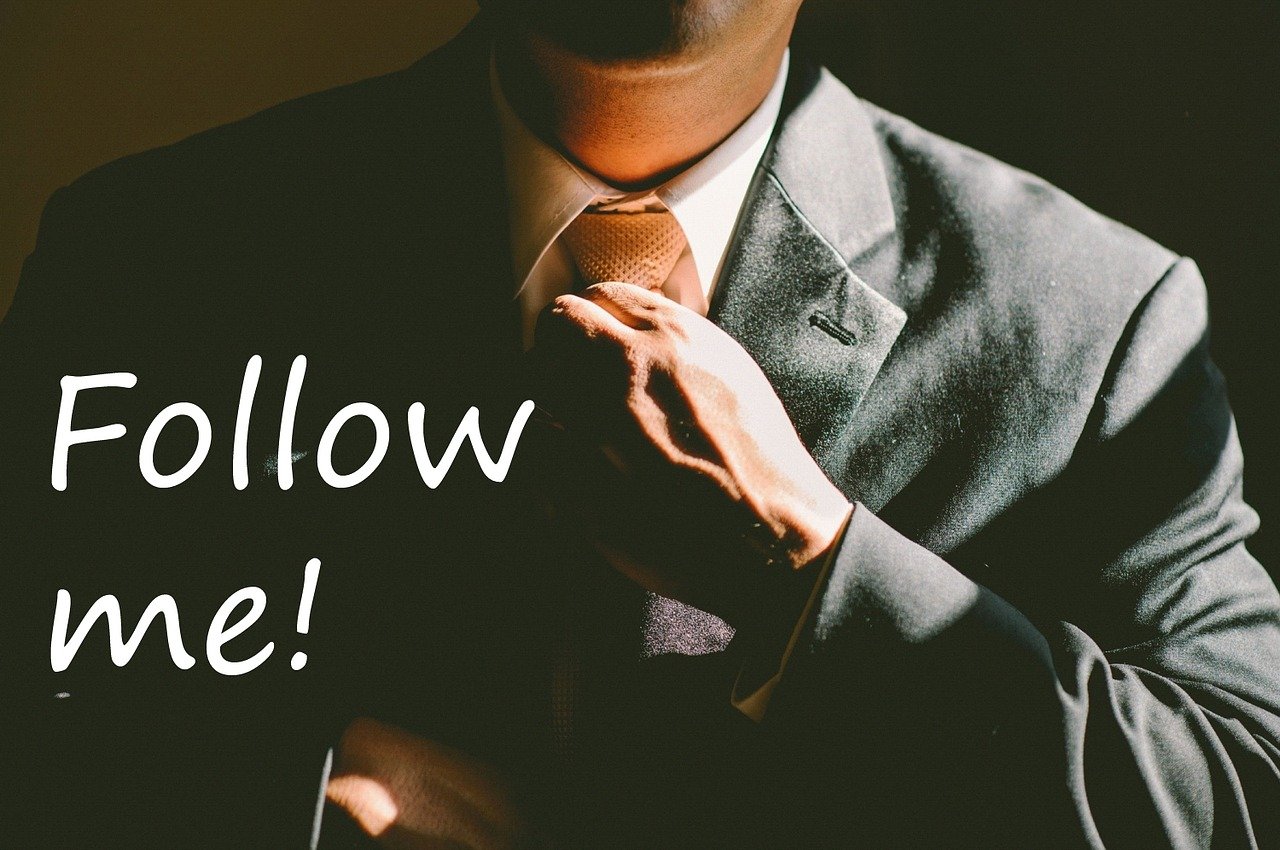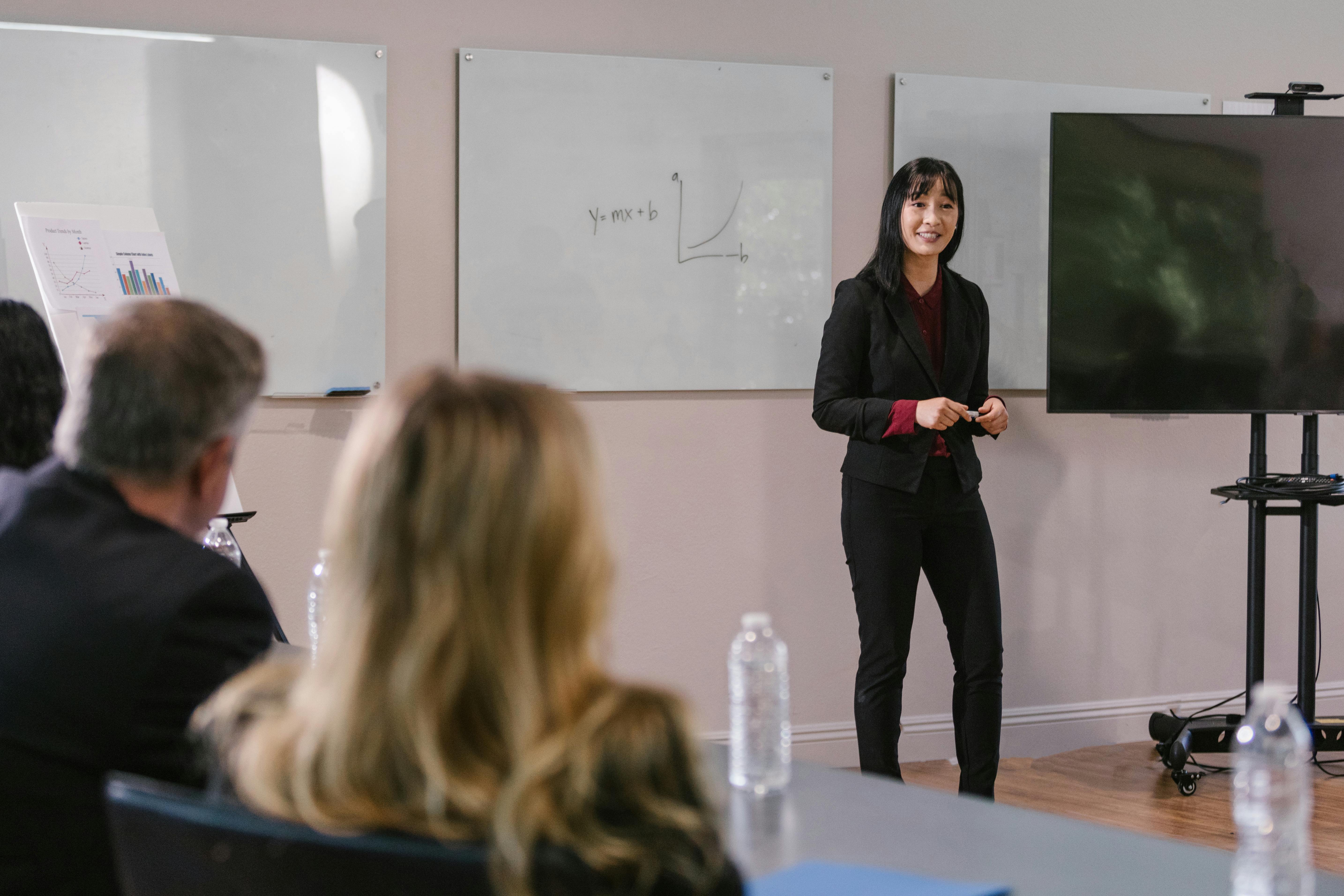Strategies for Thriving in Your First Leadership Role Taking on your first leadership role is both an exciting and daunting experience. The shift from being an individual contributor to overseeing a team brings with it new challenges and responsibilities, as well as ample opportunities for growth. It’s a pivotal moment in your career, and the…
The Importance of Body Language in an Interview

The Importance of Body Language in a Job Interview
When preparing for a job interview, candidates often focus on preparing responses to questions, revising their resumes, and rehearsing their skills and qualifications. However, one crucial aspect of an interview that is frequently overlooked is body language. While verbal communication is vital, non-verbal cues, such as posture, eye contact, hand gestures, and facial expressions, play a significant role in how an interviewer perceives a candidate. Often, body language can communicate more than words themselves, shaping the outcome of an interview.
In this article, we will delve into the role of body language during an interview, why it matters, and how to effectively use non-verbal communication to leave a lasting positive impression.
Defining Body Language
Body language refers to the non-verbal signals people use to express themselves. This includes facial expressions, gestures, posture, tone of voice, eye contact, and the way individuals use personal space. In a job interview, body language complements verbal communication, offering additional meaning and emotional context to what is being said.
Numerous studies show that body language accounts for more than half of human communication. In fact, some experts claim that non-verbal communication can make up to 60-70% of what is actually conveyed in any interaction. In the interview context, body language can either reinforce your words or, in some cases, speak louder than the words themselves.
Why Body Language Matters in Interviews
First impressions are critical during an interview, as they often shape how the interviewer views you for the remainder of the interaction. Body language plays a significant role in forming this initial perception. When you walk into the room, everything from your posture to the way you greet the interviewer speaks volumes.
A firm handshake, confident posture, and a friendly smile can instantly convey professionalism, while slouching, a weak handshake, or avoiding eye contact might suggest disinterest or a lack of confidence. It’s essential to be mindful of these first few moments, as they can significantly impact the direction of the interview.
Your body language speaks volumes about how you perceive yourself and your ability to handle the job you’re interviewing for. Confidence is one of the most desirable traits for a candidate, and your non-verbal communication can either bolster or undermine that perception.
Here are a few examples of confident body language:
- Posture: Stand or sit up straight with shoulders back. This sends the message that you are self-assured and ready for the challenge.
- Eye Contact: Maintaining eye contact is an essential part of non-verbal communication. It shows that you are engaged and confident in what you are saying.
- Handshake: A firm handshake helps establish an immediate connection. It indicates professionalism and confidence, while a limp handshake can convey hesitation.
- Open Gestures: Using open hand gestures during conversation indicates openness and transparency. Avoid crossing your arms, as this can make you appear closed off or defensive.
Body language is also crucial in helping you build rapport with the interviewer. While it’s important to demonstrate your qualifications and knowledge, it’s equally important to show that you are a good fit for the team and company culture. Positive body language can create an aura of approachability, warmth, and trustworthiness, all of which are essential for developing a solid professional relationship.
Here’s how to make yourself more likable through body language:
- Smiling: A warm, genuine smile can immediately make you appear more approachable and friendly. A smile also helps to relax both you and the interviewer.
- Mirroring: Mirroring the interviewer’s posture and gestures subtly can create a sense of connection. If the interviewer leans forward or nods, doing the same can create a rapport.
- Leaning In: When you lean slightly forward, it shows interest and engagement. However, this should be done without invading personal space, which can make the situation uncomfortable.
- Relaxed Expressions: Having a relaxed and neutral facial expression helps you avoid sending mixed signals. Avoid appearing overly tense or worried, as this can imply you are anxious or unprepared.
In addition to creating a positive impression, body language can communicate that you are focused and take the opportunity seriously. The way you sit, interact, and present yourself can influence how professional you appear to the interviewer.
For example:
- Stay still: Avoid excessive fidgeting or tapping, which can signal nervousness or impatience. These behaviors can distract from your message and suggest a lack of self-control.
- Sit up straight. Maintaining good posture communicates respect for the interviewer and for the process. Slouching can imply that you are uninterested or unmotivated.
- Respect Personal Space: Keep a comfortable distance between yourself and the interviewer. Sitting too close can come off as invasive, while sitting too far away might signal a lack of engagement.
While you are mindful of your body language, the interviewer’s non-verbal cues are equally important. Observing the interviewer’s body language can provide valuable insights into how they perceive your responses and how the interview is progressing.
Some key signs to watch for:
- Nodding: If the interviewer nods while you speak, it often indicates that they are actively listening and agreeing with your points.
- Leaning Back: If the interviewer leans back in their chair, it may suggest that they are reflecting on what you’ve said or feel comfortable during the interaction.
- Eye Contact: Consistent eye contact shows that the interviewer is paying attention and is interested in your responses. Too little eye contact may signal disinterest, while too much can feel intense or confrontational.
- Facial Expressions: Subtle facial expressions can indicate whether the interviewer is impressed, confused, or uncertain. Pay attention to signs like raised eyebrows or a furrowed brow, which could provide clues as to how your answers are being received.
While positive body language can enhance your chances of success, certain non-verbal behaviors can undermine your efforts and leave a negative impression. Here are some common body language pitfalls to avoid:
- Crossed Arms: This is one of the most common body language mistakes. Crossing your arms can make you appear defensive or closed off. It may suggest that you are not open to what the interviewer is saying.
- Lack of Eye Contact: Avoiding eye contact can give the impression that you are untrustworthy, insecure, or disengaged. Strive for natural eye contact, but avoid staring, which can be intimidating.
- Fidgeting: Excessive fidgeting or shifting in your seat can signal nervousness or lack of composure. It’s important to remain calm and composed during the interview.
- Slouching: Poor posture, such as slouching in your chair or leaning too far back, can suggest a lack of interest or effort. Sit up straight to convey attentiveness and professionalism.
- Inconsistent Facial Expressions: Ensure that your facial expressions match the content of your responses. For example, if you’re talking about a challenging project, don’t smile excessively, as it might convey a lack of sincerity or seriousness.
Tips for Improving Your Body Language During an Interview
- Practice in Front of a Mirror: Observing yourself while practicing can help you become more aware of how you present yourself. It can also help you spot any unconscious movements or habits that may undermine your professionalism.
- Record Your Mock Interviews: Recording yourself during mock interviews allows you to review both your verbal and non-verbal communication. This can provide insights into your body language and areas that need improvement.
- Seek Feedback: Have a friend or family member observe your body language during a mock interview and provide feedback. They may notice subtle habits that you weren’t aware of.
- Relax Before the Interview: Take a few deep breaths before the interview to calm your nerves. Being relaxed will help you maintain composed and natural body language during the interview.
- Be Aware of Cultural Differences: Remember that body language can vary across cultures. When interviewing for a job in a different country or with a culturally diverse company, it’s important to understand any specific expectations for non-verbal communication.
Conclusion
Body language is a powerful form of communication, particularly in a job interview setting. Your non-verbal cues can strongly influence the interviewer’s perception of you and can be just as important as the content of your answers. Positive body language conveys confidence, professionalism, trustworthiness, and approachability, while negative body language can create barriers and damage your chances of success. By being mindful of your posture, gestures, and facial expressions, and by reading the interviewer’s body language, you can significantly improve your chances of making a lasting, positive impression. Remember, authenticity is key—your body language should reflect who you are, as long as it is aligned with the desired message of confidence and professionalism.





